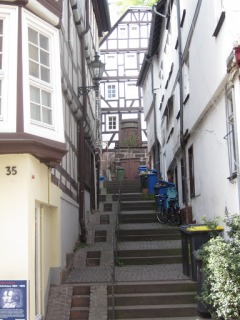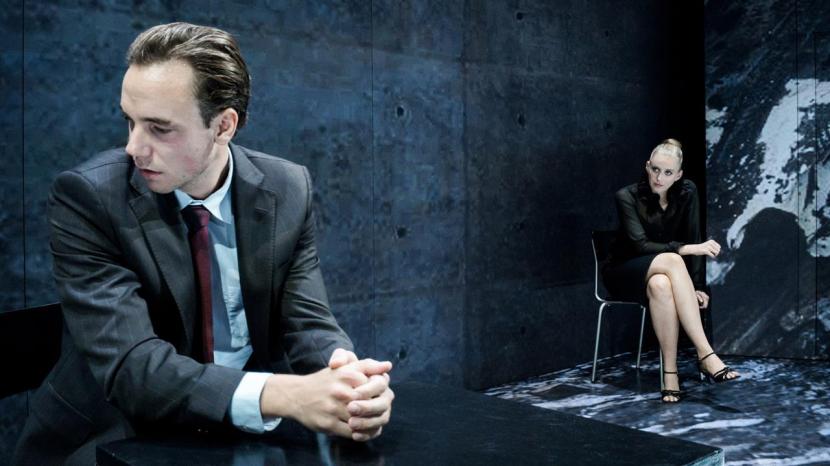
Terror, by Ferdinand von Schirach, is a piece about the limits of political power in civil society, the implications of terrorism on our way of life, and the lengths to which we will go to keep ourselves safe. The world premiere production took place on the 3rd of October 2015 and was shared by Schauspiel Frankfurt and the Deutsches Theater Berlin, where I saw the piece in November.
The premise of the play is as follows: an airplane is hijacked by terrorists over German airspace and changes its course to fly towards the Allianz Arena in Munich, where a sold-out soccer match is taking place, and 70,000 people are in attendance. There are 164 civilians on board the aircraft. The German air force is mobilized and two Eurofighter jets are accompanying the hijacked plane; they fire warning shots and attempt to steer it off course to no avail. The ranking pilot, Lars Koch, asks the General Command if he has permission to shoot the plane down. The Generals give him the order to stand down, not to shoot. As the plane gets within a few minutes of the arena, Koch asks again for permission to shoot the plane down. Again, the General Command denies permission, orders him to stay his course. Koch then disobeys this order, firing a sidewinder at the plane, destroying it and killing all 164 passengers aboard.
Should Lars Koch be seen as a murderer? Or a hero?
The play itself is Koch’s trial, where he is being accused of 164 counts of murder. The audience is the jury, and there is a judge, a prosecutor, the defense attorney, Koch himself, and a number of witnesses. The judge begins by asking Koch if he is aware of the charges, and if he disputes them. He replies that he is aware of the charges and does not dispute them. He says clearly that he intentionally shot the plane down, in order to save the 70,000 civilians in the Arena, despite the fact that his superior officer ordered him not to. He explains that given the chance, he would do the same thing again, because according to his logic the 164 passengers would have died anyway.
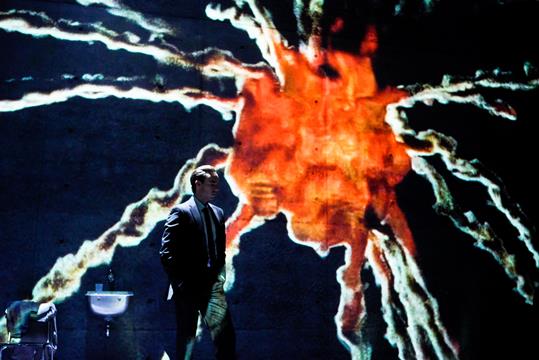
Over the next two hours all manner of different scenarios are discussed: Why weren’t other options explored? Koch says that he was flying close enough to the plane to see into the cabin and cockpit. Can he be sure that the passengers would not have broken into the cockpit and overpowered the terrorist? The commanding general testifies that he ordered Koch not to shoot . . . but implies that if he were in Koch’s position he would have done the same thing. The general is also asked why the Stadium was not evacuated. He replies that the evacuation was not his responsibility, but that of the Bavarian police. The pregnant wife of one of the victims also arrives for an emotional appeal to have let the plane take its course, and to reinforce the personal tragedy inflicted on innocents. Each new argument serves to sew seeds of doubt in the minds of the audience, who will later decide Koch’s fate.
The final cross-examination is an extremely intense exchange between the prosecutor and Koch, in which she puts a fine point on the philosophical argument: that one life can never be weighed against another. The first article of the German Basic Law (constitution) reads: “Human dignity is inviolable.” This is the basic human right that comes before all others. According to this thinking, it should never be legal to weigh the life of one individual against that of another.
And this is a truly radical idea. Although this argument was made multiple times throughout the piece, I found myself reeling back and forth from one minute to the next: is Koch guilty? He did not seem like a murderer to me. I of course thought of 9/11 and of the possibility of having been able to shoot down those planes, or of the passengers that overcame the terrorists on flight 93. They sure seem like heroes to me.
On the other hand, the fact that one life is not more valuable than another is an important one. If it is possible to chose one life over another, that is a slippery slope: if 164 lives can be traded against 70,000, where does it stop? Can one life be traded for one hundred? Or one for three? It also begs other questions, such as who do these laws apply to? Do they apply to our enemies as well as to our citizens? If not, does that allow torture of our enemies? Assassination of our enemies? We do not have to look far, whether to the operation against Bin Laden in 2011 or the massive drone strikes happening daily around the world to see how blurry these lines have become.
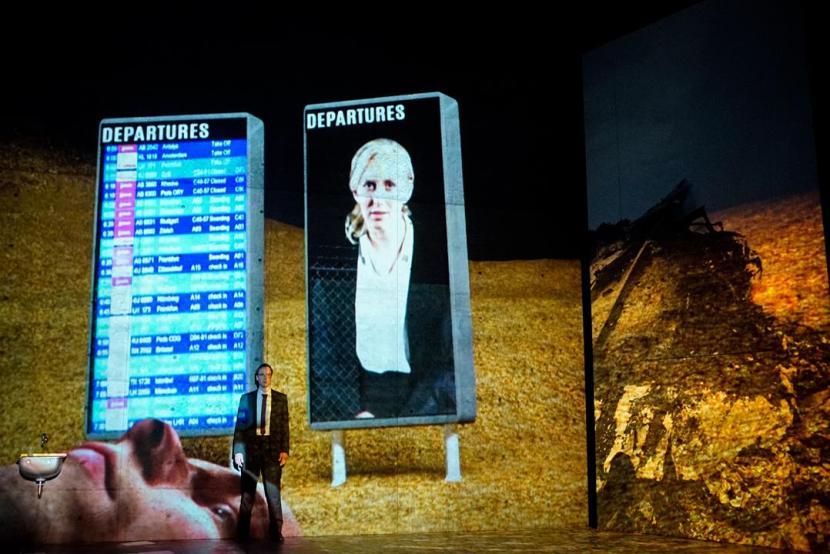
The real strength of the piece is that each standpoint is so well portrayed that the audience finds itself constantly switching sides throughout the piece. The production at the Deutsches Theater was also brilliantly performed by their ensemble, and by the time it was over I was not sure what to think.
And then, of course, the audience was asked to decide. The doors to the theater lobby were opened, and the audience was invited to take five minutes outside the theater to discuss the case with one another, and then re-enter the theater through doorways marked either “guilty” or “innocent”. The ushers would tally the votes and then communicate the verdict to the actors, who would then play one of two endings, guilty or innocent.
Its an old trick in the theater, but one that was put to monstrously effective use.
I must admit I entered the lobby convinced I would vote for Koch’s innocence. I felt like the tough decision he made, was exactly the kind of decision that had to be made, to do the right thing, and preserve the most life. However my friend and colleague Diana Schumman with whom I was watching the play, was adamantly for a guilty verdict. And she managed to convince me to join her in that guilty verdict inside of five minutes. Her argument was that it was not a question at all of his innocence, he was guilty. He even admitted it. The only question is how he should be punished. And she reinforced her point by quoting the Basic Law and saying that it is too dangerous to allow the government to kill its citizens without a trial, that such behavior endangers the free and open society in which we live. I was also convinced by the fact that the pilot was ordered twice not to shoot, and yet he still did. There were too many factors outside of his control that he could not account for, and it would set a dangerous precedent to let him walk free after doing so.
We re-entered the theater and the votes were tallied: Koch was declared guilty by a margin of about twenty votes (there were over 500 people in attendance) . . . a skinny margin indeed. Interestingly enough, a number of audience members never left the theater, effectively abstaining, so that they would not have to vote.
In the talkback afterward, one of the moderators was a lawyer and raised the point that from a legal perspective there is nothing exciting about the case at all. Koch is definitely guilty. Again, the question of how he should be punished, is a different one. But what is so interesting about this piece, at this point in time, in a Europe that has been shaken by recent terrorist attacks and activity, is that almost every performance of the play votes for Koch’s innocence. The moderator implied that if the German people were more aware of what their own laws said, or perhaps were less scared, they might vote differently. Which of course speaks to how important and timely this piece is.
There are sixteen different productions of this piece happening this season in German-speaking Europe. In an exciting digital tie-in, the publisher of the play has created a website where you can see the tallies of guilty/innocent verdicts from each individual production and performance. A way of getting a feel for how audiences are reacting to the piece all over Europe. Interestingly enough, the ‘innocent’ verdicts are winning out by a significant margin. Check it out here:
http://terror.kiepenheuer-medien.de/
The first article of the basic law goes back to the philosopher Immanuel Kant, and his idea that every thinking individual should be regarded as a person, as a Subject, and not an Object. And anything that reduces a human being to the Object of state authority, rather than a Subject of that authority, is unconstitutional and violates human rights.
In closing then, the two quotes from each perspective of the play:
“Is it just, to set the principle of human dignity above the saving of human life?”
-Defense Attorney
“The state can never weigh one life against another. Nor one against one hundred, or a thousand. Every single human being possesses this dignity.”
-Prosecutor
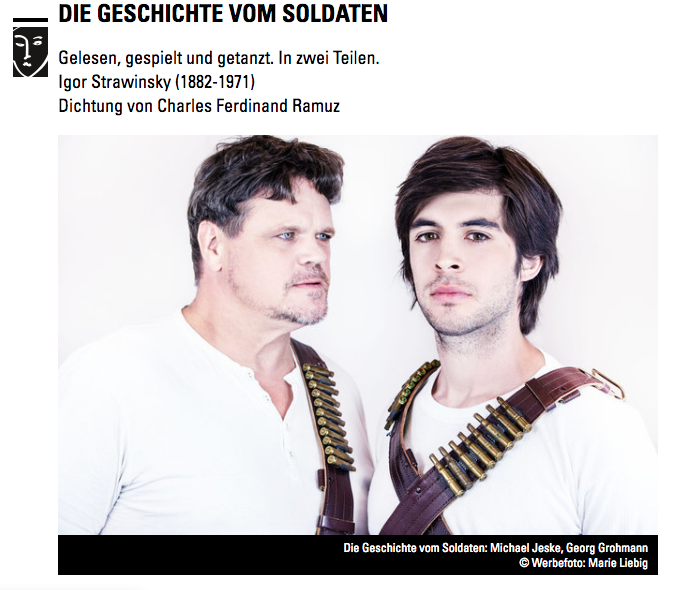
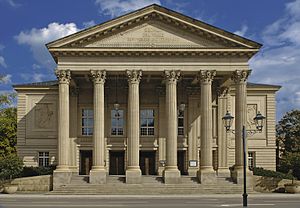

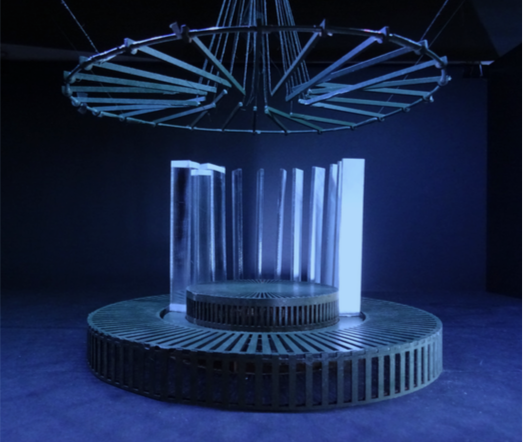



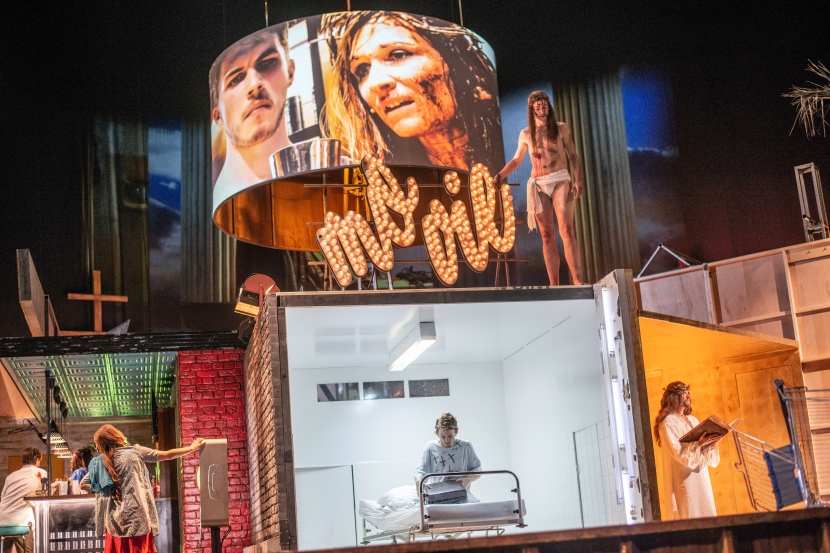





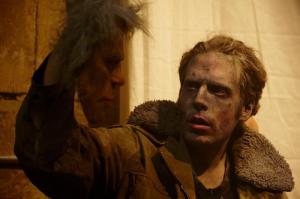
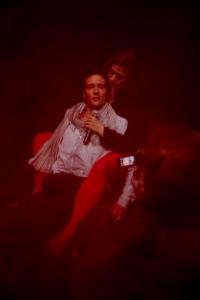

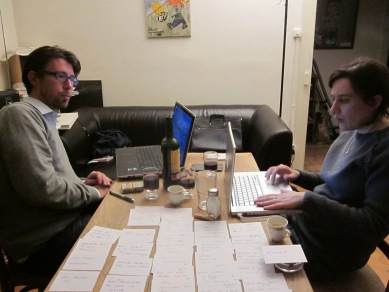
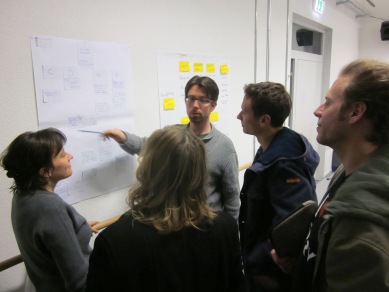
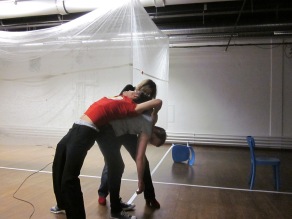
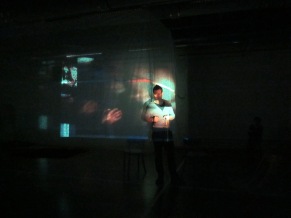
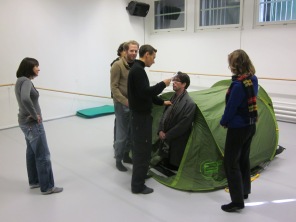
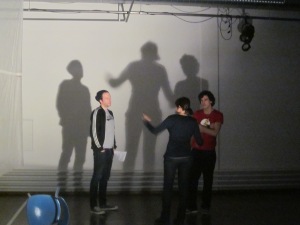
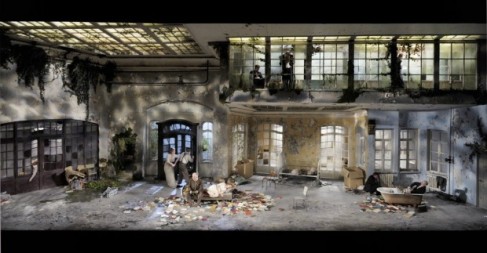
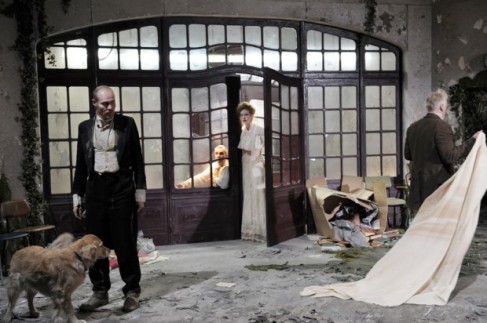
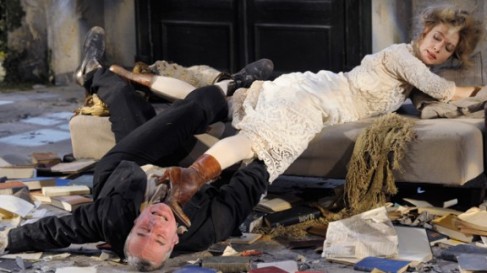
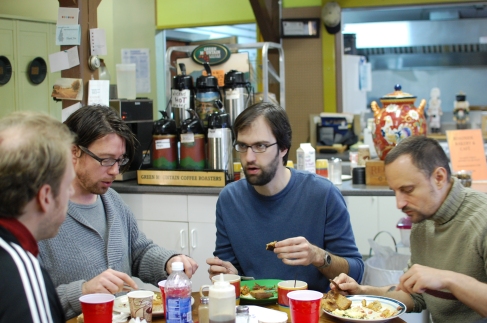
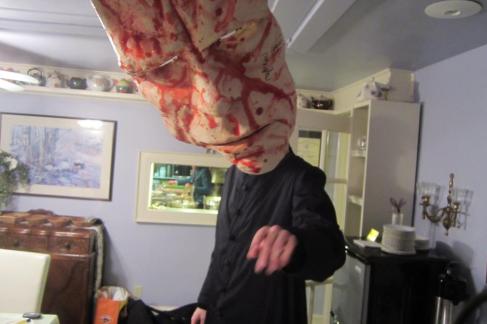


 r
r









